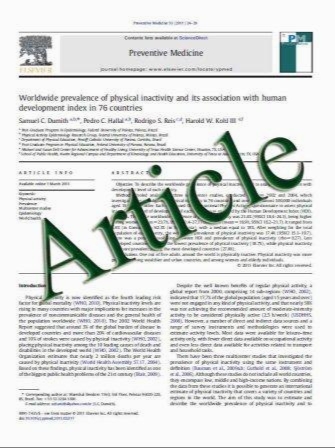Apical temporal lobe resection; “tailored” hippocampus-sparing resection based on presurgical evaluation data
- نوع فایل : کتاب
- زبان : انگلیسی
- مؤلف : Alaa Eldin Elsharkawy , Heinz Pannek , Friedrich G. Woermann , Csilla Gyimesi , Simone Hartmann , Jِrg Aengenendt & Tim Ogutu , Matthias Hoppe , Rei
- چاپ و سال / کشور: 2011
Description
Background It is the aim of epilepsy surgery in patients with lesional epilepsy for the surgeon to not only remove the lesion itself, but also the epileptogenic zone. Here, we report our experience with a modified temporal resection technique confined to the apical temporal lobe, i.e., sparing the hippocampal formation in patients with epileptogenic lesions in the anterior part of the temporal lobe. This apical temporal lobe resection (aTLR) includes tailored lesionectomy, amygdalectomy, and resection of the mesial structures only in the apex of the temporal lobe. This paper presents our surgical technical details and the outcome of aTLR. Methods Between 2001 and 2008, aTLRwas performed in 61 patients. All patients underwent comprehensive presurgical evaluation including video-EEG monitoring, magnetic resonance imaging (MRI), and neuropsychological testing. All patients had a lesion in the apex of the temporal lobe and a normal hippocampus as seen in MRI, as well as intact memory functions in neuropsychological examination. There were 33 males (54.1%) and 28 females (45.9%). The mean age in years at epilepsy onset was 20.2±13.4, the mean age at epilepsy surgery was 32.1±11.9, the mean preoperative epilepsy duration was 11.8±8.8 years and the mean duration of follow-up was 2.1±1.3 years (range 0.5– 6 years). Results Fifty-four (88.5%) of 61 patients were in Engel Class 1 at 6 months, 38 (80.9%) of 47 at 2 years and nine (81.8%) of 11 at the 5 year follow-up. Histopathological examination showed tumors in 31 patients, FCD in ten patients, amygdala sclerosis in seven patients, cavernomas in six patients, unspecific reactions in eight patients, and gliosis in one patient. Surgical complications occurred in four patients: one had a permanent and three had transient complications which could be successfully treated. Fifty (82%) resections were considered to be complete resections as evaluated by serial postoperative MRI, seven patients (11.5%) had incomplete resection of the preoperative MRI lesion and in four patients (6.6%) it remained unclear. Fifteen patients (29.4%) were withdrawn from antiepileptic drugs for more than 2 years without relapse. Postoperative neuropsychological examination revealed worsening of memory performance in two patients (3.2%) and improved or no changes in the rest of the patients. Conclusions Apical temporal resection sparing the mesial temporal structures is an effective procedure with good long-term seizure outcome in patients with refractory epilepsy due to lesions confined to the apex of the temper l lobe.
Acta Neurochir (2011) 153:231–238 DOI 10.1007/s00701-010-0734-2


